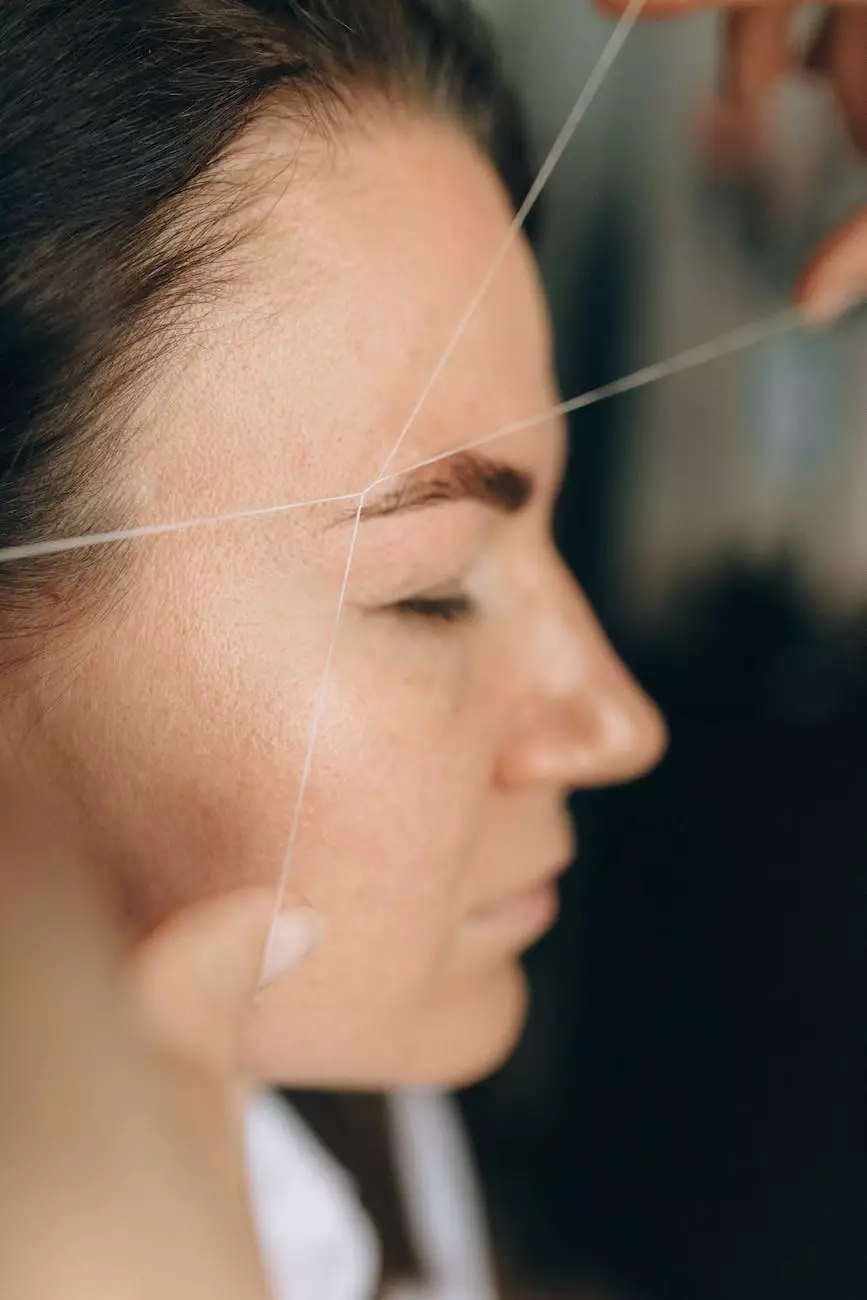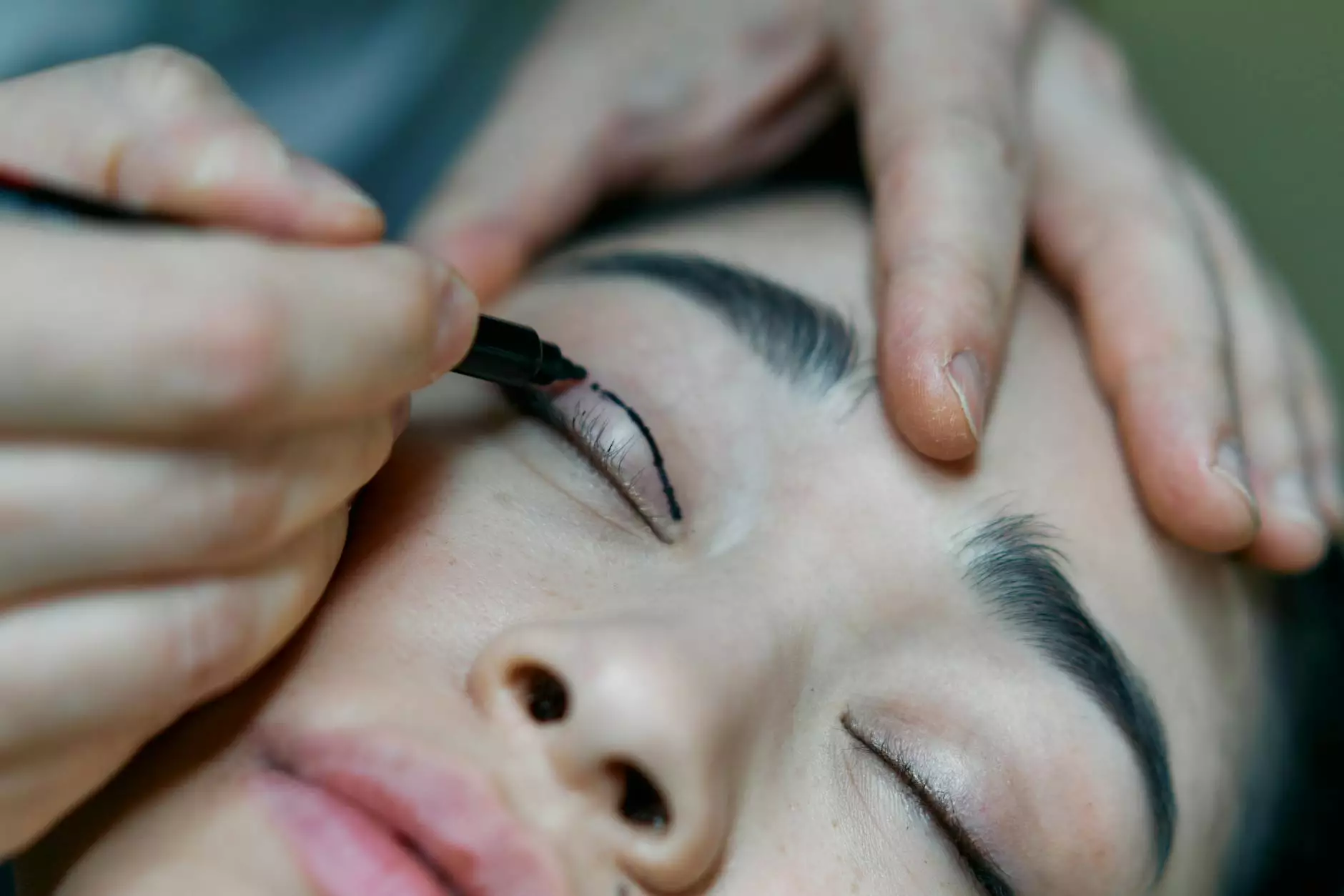Scar Revision Vlog - Expert Advice from Foley James D MD
125 Years
Introduction to Scar Revision
At Foley James D MD, we understand how scars can affect your self-confidence and quality of life. That's why we've created this comprehensive scar revision vlog to guide you through the latest techniques and procedures used to minimize the appearance of scars.
The Science behind Scar Formation
Scars are a natural part of the healing process, forming when the body repairs wounds resulting from surgeries, injuries, or acne. They often vary in appearance, texture, and color, depending on factors such as genetics, wound location, and the individual's age.
During the healing process, the body produces collagen fibers to bridge the gap caused by the wound. The type and arrangement of collagen fibers determine the characteristics of the resulting scar. While some scars may fade over time, others may become raised, depressed, or discolored.
Understanding Scar Revision Techniques
Scar revision aims to improve the appearance of scars, minimize discomfort, and enhance overall skin texture. Depending on the scar's type, size, and location, different techniques may be recommended:
Surgical Scar Revision
Surgical options include excision, where the scar is removed and the wound edges are carefully reapproximated, and Z-plasty, a technique involving rearrangement of the scar to make it less noticeable. These procedures are typically performed under local anesthesia and can be highly effective in improving scar appearance.
Laser Scar Revision
Laser treatments utilize targeted light energy to stimulate collagen production and improve scar appearance. This non-invasive option is particularly effective for reducing redness, hyperpigmentation, and refining scar texture. Our specialized laser technology ensures precise scar treatment with minimal downtime.
Micro-needling and Dermabrasion
Micro-needling involves creating tiny punctures in the scar tissue to stimulate collagen production and encourage new skin cell growth. Dermabrasion, on the other hand, removes the scar's outer layer, revealing smoother, rejuvenated skin underneath. These techniques are commonly used for shallow scars and can yield excellent results.
Silicone Gel Sheets and Creams
Silicone products are often recommended for scar management. Silicone gel sheets can help soften and flatten scars, while silicone creams can be applied daily to improve scar elasticity and texture. These non-invasive options are easy to use and can be incorporated into your daily skincare routine.
Post-Treatment Care and Expectations
After undergoing scar revision, it is crucial to follow your plastic surgeon's post-treatment care instructions for optimal healing and results. Depending on the specific procedure, you may be advised to avoid direct sunlight, apply scar creams, or refrain from certain physical activities during the recovery period.
It is important to note that scar revision does not result in complete scar elimination, as scars are permanent. However, the goal is to improve their appearance, reduce discomfort, and enhance your self-confidence.
Expert Scar Revision Consultation
If you are considering scar revision, scheduling a consultation with Foley James D MD is your first step towards achieving your desired outcome. Dr. Foley James is a highly skilled and experienced plastic surgeon with a focus on scar treatments. During the consultation, he will assess your scar and recommend the most suitable treatment option tailored to your unique needs.
Don't let scars hold you back. Contact Foley James D MD today to schedule your scar revision consultation and take the first step towards rejuvenated skin and enhanced self-confidence.










